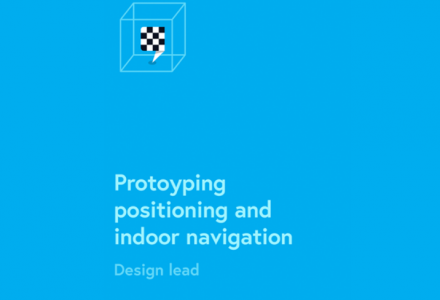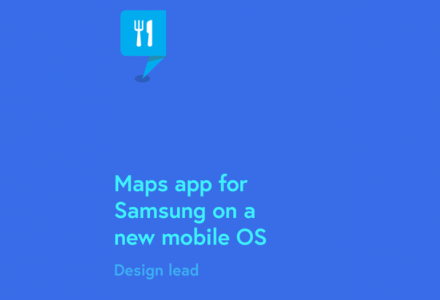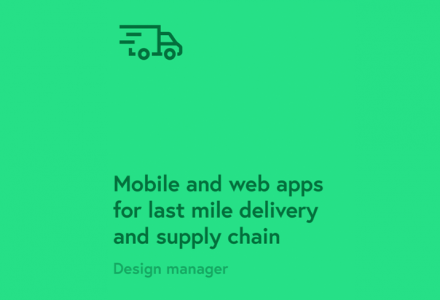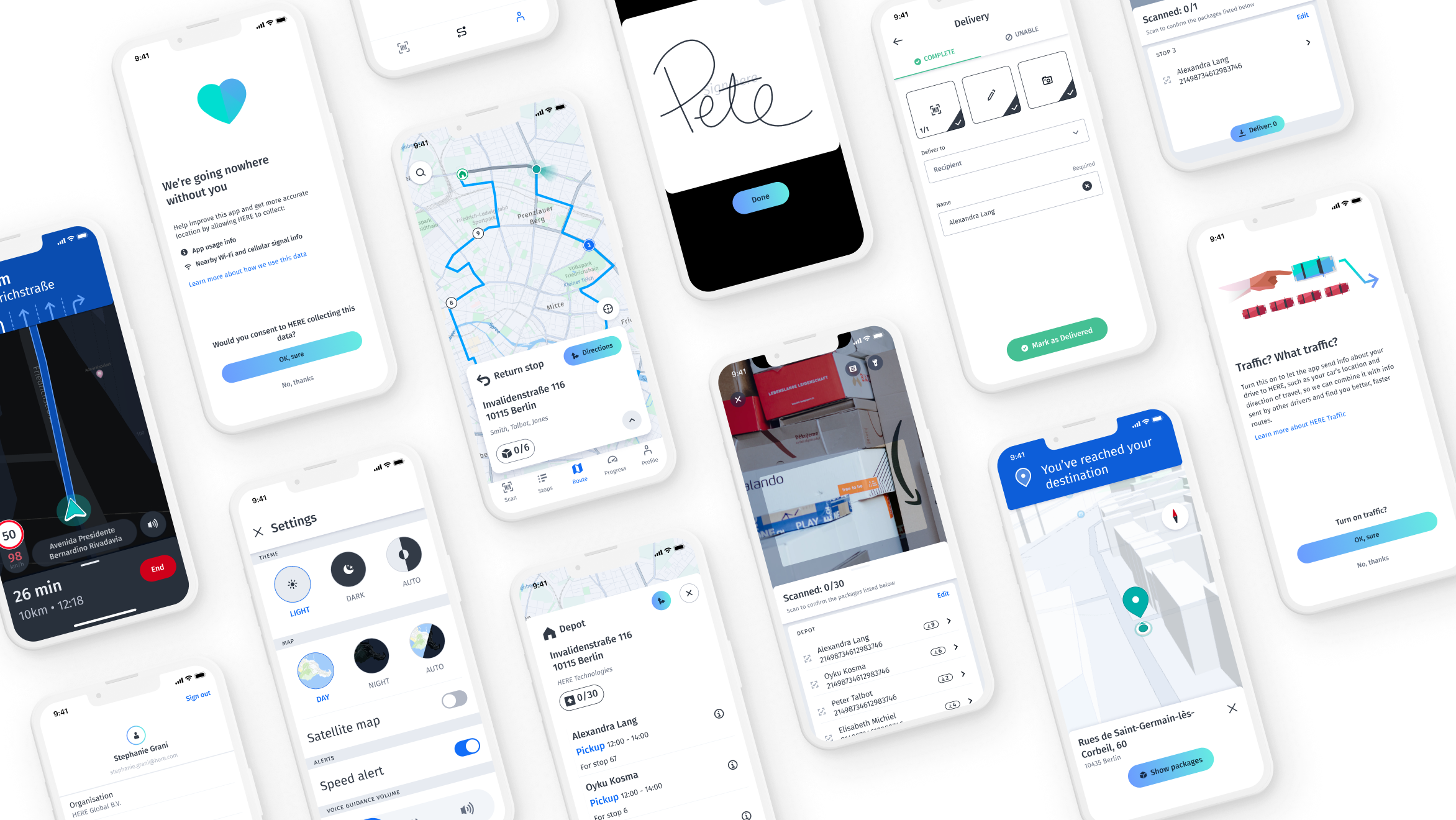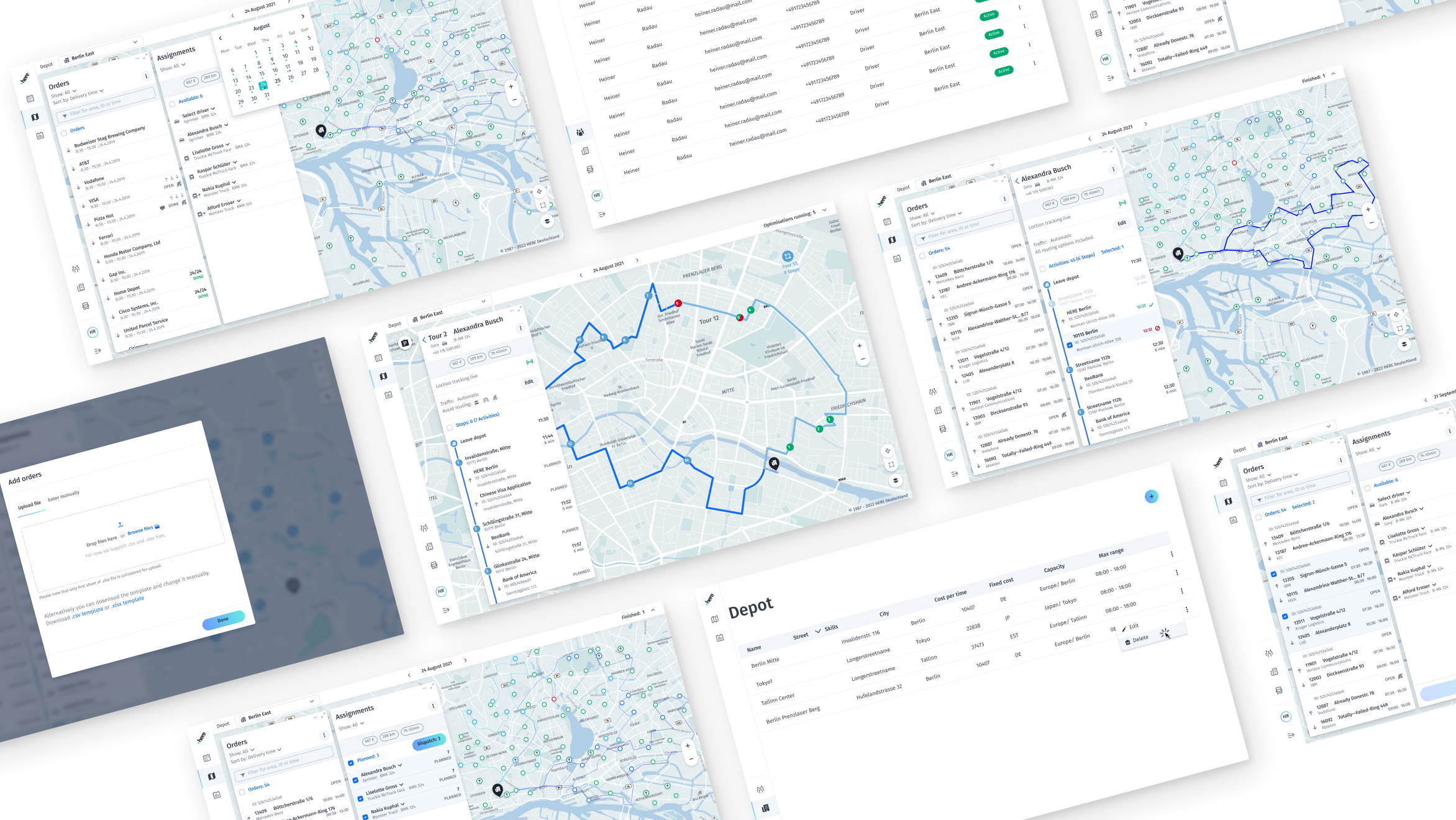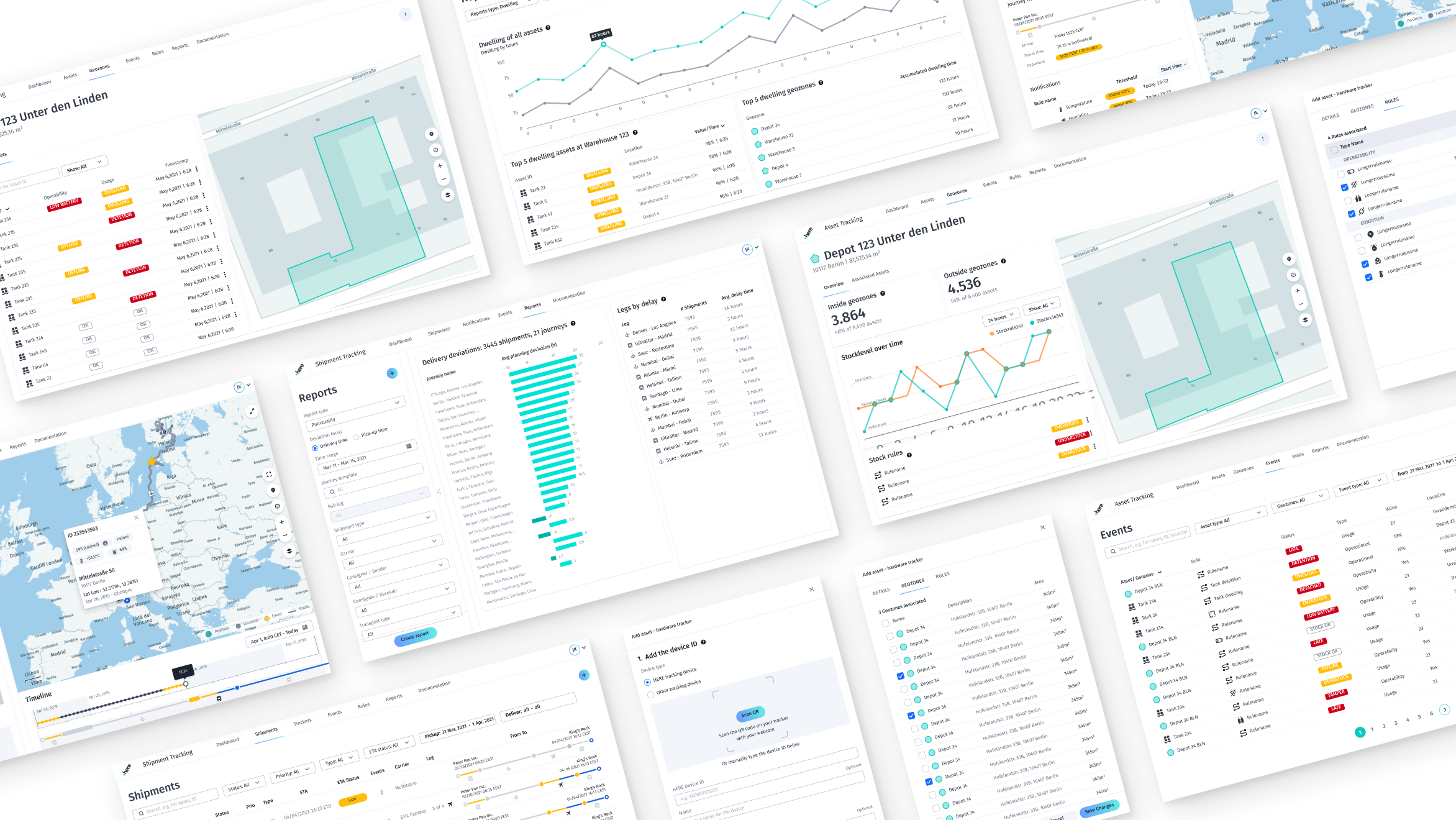
- Firstname/Profession
- Greg
- UX Designer / Digital & UI Designer
- 12 Plus years Experience
- Christchurch
-
 1321
1321
Represented: 22/11/23
HERE Supply Chain
About Project
Bringing HERE’s location capabilities to provide customers more visibility and control over their supply chain, these products extended beyond the company’s core portfolio into new areas.
I was given the opportunity to manage the design team that was responsible for these new areas as they refined their strategies and looked for product market fit. It was a time of COVID, remote working and belt-tightening for the company.
Starting with a solid foundation of generative research, designing for each of these B2B products required understanding what each role was responsible for and how they worked together. We used journey maps and the jobs-to-be-done framework to ground features in user needs and the context they operated in. Feedback was gathered from pilot customers to refine the roadmap and our solution, in collaboration with our research and design system teams.
Delivery companies are working in an area of low margins, with poor driver retention, and a customer base that expects faster and higher levels of service. Delivery drivers are juggling ever more parcels amid a busy urban environment that they can’t control. How might we streamline the delivery experience for drivers, and give dispatchers more control and visibility over their fleet?
The main view of the dispatcher app centers around a map that adjusts to give an overview of all drivers, or to follow a single driver along their route. Parcels can be automatically assigned according to saved preferences, or manually assigned to each driver. Additional areas allowed them to manage drivers and the depots that each driver collects parcels from.
The driver app provided a familiar navigation experience along a tour that was optimised for all deliveries for the day. The UI was optimised for one-handed use on-the-go.
Asset and shipment tracking are two related but distinct use-cases. Both involve tracking the movement of many assets over time; zooming from a big picture view to analyze the movement of a single asset. Patterns emerge that can help asset and supply chain managers make improvements across the board, such as knowing which shipping companies are delivering reliably on-time, or which worksites have valuable assets sitting idle.
With hundreds of assets to track at once, the user experience is designed to manage the vast amount of information and give users control over which lens they want to view it from. Users can review the performance of assets or locations, or key events. They can apply rules to filter out unimportant events and show just the stuff that matters - such as when fragile assets are shaken during movement, or when the temperature reaches a chosen threshold. They can create templates to reuse on many assets at once.
In the interface, colour is applied carefully to bring the user’s attention to where it’s needed, and to reduce noise elsewhere. Interactive charts, maps and filters allow users to dig deeper where they need to.
Industries
Logistics
Specialties
Stakeholder Management, UX Design, Workshops
Client
HERE
